Many plants in the New Zealand bush make excellent tea.
Māori have been brewing plant teas for centuries, and have an extensive knowledge of the best brews and herbal remedies. European settlers also experimented with a wide range of native teas, searching for native substitutes to replace the Earl Grey and English Breakfast they had left behind.
In this section I have compiled all the plants I could find that have some historical record of being drunk as a tea or leaf infusion. Technically-speaking, these are all tisanes, the label of ‘true tea’ being reserved from plants derived from Camelia sinensis. Where apropriate, I have also fleshed this out with my own experience drinking native brews.
Kawakawa – Macropiper excelsa

Also known as the New Zealand pepper tree, Kawakawa produces a lightly spicy, refreshing drink. The ultimate herbal tonic, Kawakawa tea was an important Rongoā plant – used to treat stomach pain, worms, toothache and disease. Many of the leaves are riddled with holes from the Kawakawa Looper caterpillar. The leaves with the most holes are considered the best for making tea as they contain the highest concentration of medicinal properties.
Kūmarahou – Pomaderris kumeraho
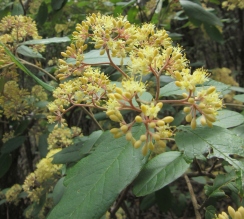
Another key Rongoā plant, Kūmarahou tea was drunk to relieve all kinds of chest complaints such as coughs, colds, asthma and bronchitis. I find it a refreshing drop and one of the better native teas, although the bitter taste may take some getting used to. The plant is rich in saponins and produces a soap-like lather when combined with water, hence its english name Gumdiggers Soap.
Kohekohe – Dysoxylum spectabile

Kohekohe leaf infusions were used to treat colds, fever, stomach pain and sexually transmitted diseases. Mothers used to drink Kohekohe tea when they wanted to stop the secretion of milk. I found the tea exceptionally bitter, it tasted somewhat like hops. Kohekohe has been used to make beer and in my opinion that might be a better use.
Mānuka – Leptospermum scoparium

Mānuka & Kānuka produce some of our finest native teas, with a bitter aromatic flavour. Captain Cook brewed tea from their leaves as he travelled around New Zealand and bestowed on them the English name “Tea Tree”. Māori had been drinking the delicious beverage for centuries before this, using it to help soothe stomach pains. Mānuka is by far the stronger of the two, and it is very easy to overdo it and end up with a very strong medicine taste. A teaspoon of leaves is usually about right.
Kānuka – Kunzea robusta

Kānuka is much less bitter than Mānuka, and probably my favourite of the two. You can get away with piling big stems of Kānuka into the pot without spoiling the brew. Decocting it for a several minutes on the boil will bring out more flavour.
Horopito – Pseudowintera colorata

The other New Zealand Pepper tree, Horopito is packed full of antifungal compounds which leave a burning sensation in the mouth. It makes for a spicy, warming tea, and is certainly one of my favourites. Infusions of the leaves were known as “bushman’s painkiller” and were drunk to soothe chest complaints and diarrhoea.
Bush Lawyer – Rubus cissoides

Bush lawyer leaf infusions were used to treat sore throats, chest complaints, stomach aches and diarrhoea. I found the tea tasted rather bland – much more intriguing was a brew I made from the flowers which produced a subtle perfumey aroma.
Koromiko – Hebe spp.
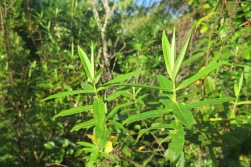
The quintessential rongoā plant, Koromiko tea was used as a cure-all, treating stomach pain, diarrhoea, and disease. Koromiko leaves were dried and sent to New Zealand soldiers in both world wars. Typically the growing buds are used. Makes for a pleasant tea, that tastes to me very slightly of banana.
Karamū – Coprosma robusta

Karamū leaves were used as a substitute for china tea, and drunk for kidney and bladder troubles. As a tea, I thought it was passable, but wasn’t particularly excited about the taste. Karamū is in the coffee family, and the seeds may have potential as a coffee substitute.
Bidibid – Acaena anserinifolia
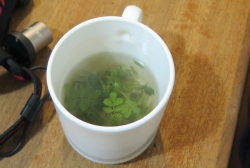
Often used by european settlers as a substitute for tea. Bidibid was drunk by Māori to treat bladder and kidney trouble and was used to feed babies when mothers could not suckle. I found the tea improved significantly when the leaves were hung out to dry, and tasted a lot like weak green tea.
Cabbage Tree – Cordyline australis
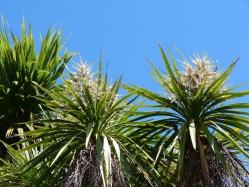
Boiled Cabbage tree leaves were used by Māori to treat diarrhoea and dysentry. I found the tea tasted a lot like grass, but was not altogether unpleasant.
Pūriri – Vitex lucens

Pūriri leaf tea was drunk to soothe sore throats. In this case the cure might be worse than the disease – I can’t recommend the tea, the taste and smell was remarkably similar to rubber.
Korokia – Corokia spp.

Boiled Korokia leaves were drunk to sooth a sore stomach, and were said to be highly effective. Corokia buddleioides is the best in my opinion, with a pleasant planty taste, and a yellow-green colour. Corokia cotoneaster wasn’t very exciting and tasted mostly like hot water.
Toatoa – Haloragis erecta

Another plant that was experimented with to produce a substitute for china tea. The botanist William Colenso believed the best indigenous tea was to blend toatoa, bidibid and Karetu. I have only tried the dried leaves and found the resulting brew tasted and smelt a bit like spinach.
Pukatea – Laurealia novae-zealandia

Pukatea bark contains various alkaloids including Pukateine which has similar properties to Morphine. Decoctions of the bark were held in the mouth to treat toothache and drunk to combat syphilis. Chewing the bark has a numbing effect on the mouth, and I found the tea to have a slightly similar effect.
This page is a work in progress – I will add more plants as I try them.
Comment below if you know any good native brews or have any thoughts on those above.
Disclaimer: Some natives teas could kill you (e.g. Tutu, Kowhai) so I recommend doing your own research and making sure you are 100% sure you have identified the plant correctly. If you don’t know what it is, don’t put it in your mouth.
Photo Credits: Images by Robert Vennell
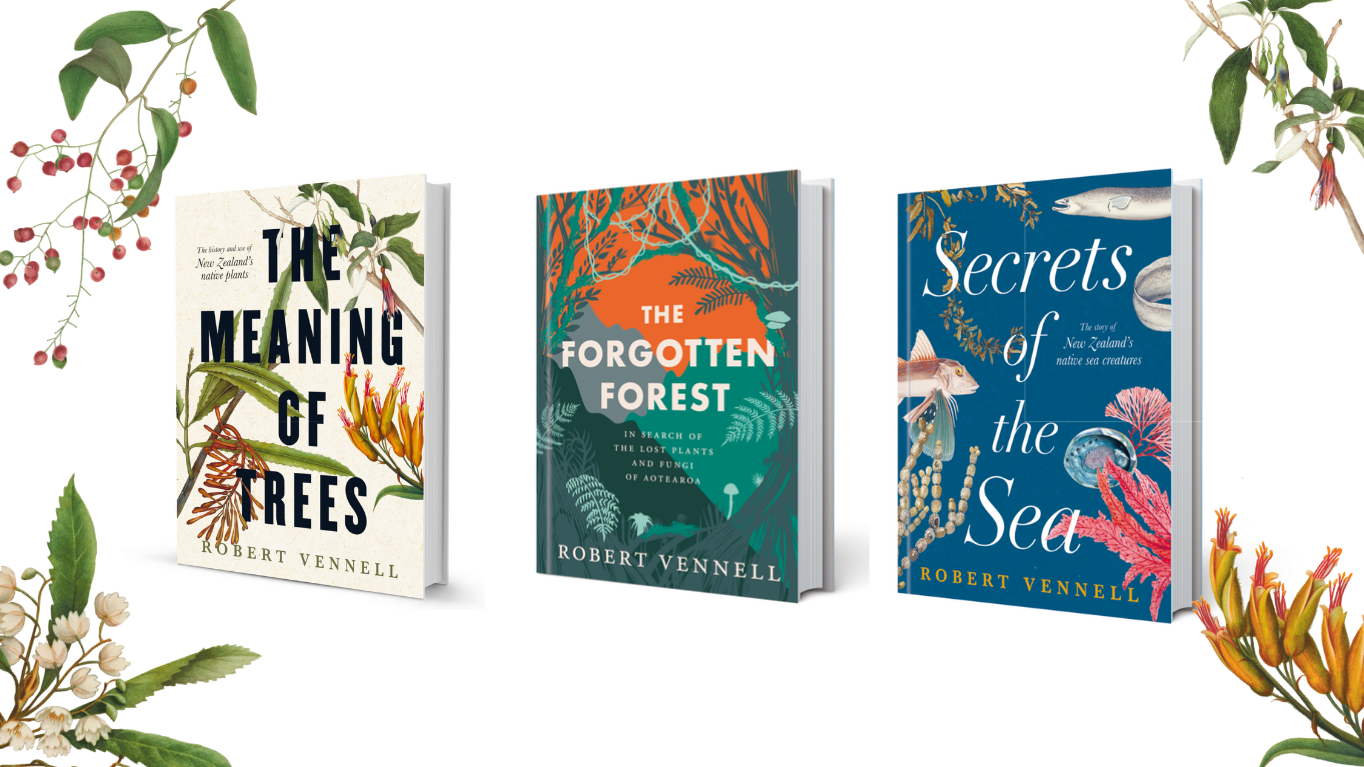
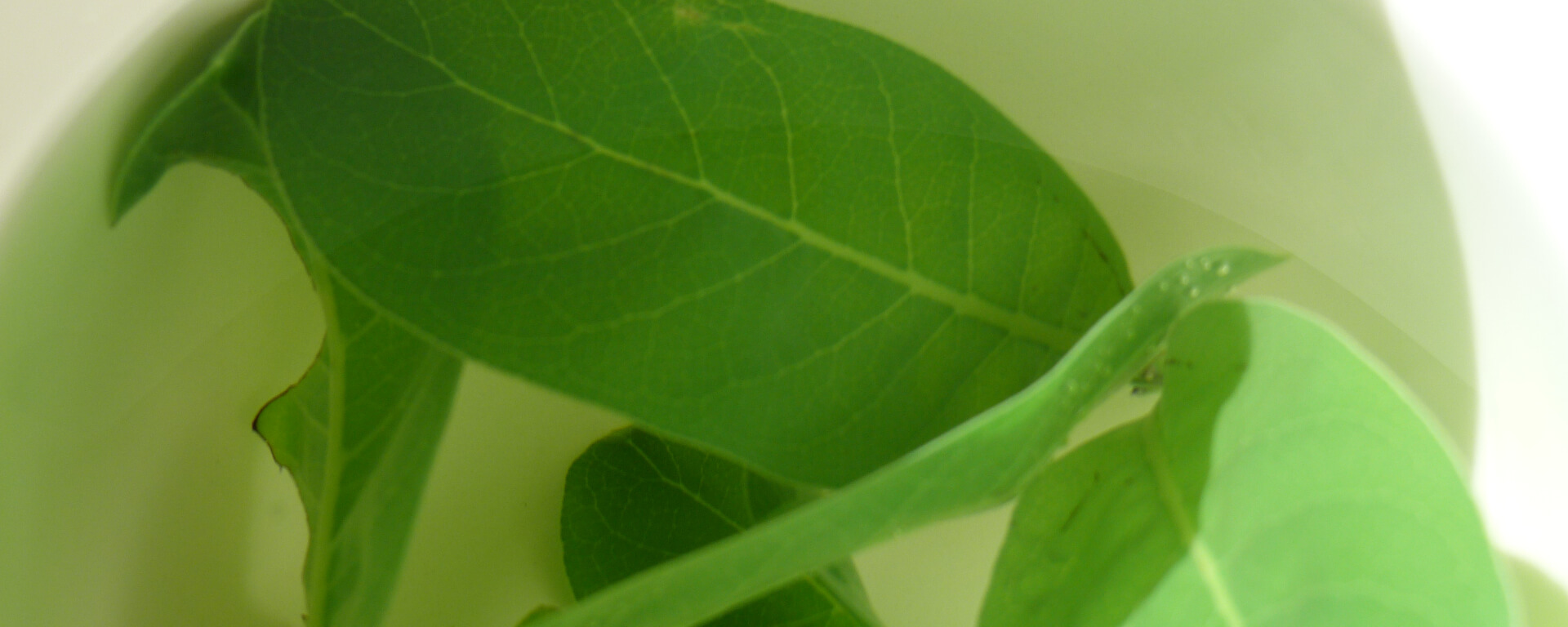
Thanks for all these posts. They are very interesting.
We would love to see one about the Matai tree.
There is a little boy we know called Matai…. would love to send them your post….
LikeLike
Thanks very much for reading! Sure thing, I’ll get to work on Matai for a future post.
LikeLike
I look forward to trying all of these plants in tea form! We better hit the bush soon!
LikeLike
Definitely! There are more on my list that I’m hoping to experiment with…
LikeLike
I’m very interested in tea as a topic, so thanks for sharing this round-up of your native tea plants 🙂
LikeLike
Thanks, Emma. As you can see tea is a topic that interest me too! I am hoping to try more native plant teas soon and improve this list, so keep an eye out.
LikeLike
Aw man, I only got to read this after a week in the bush 😦 I would have been well into tea-sampling if I’d read it before! Great post 🙂 I love learning about native edibles (and drinkables!).
LikeLike
Thanks! I am sure you will be out there again soon enough Edin! I think the Kanuka-Kawakawa blend might be my favourite so far.
LikeLike
Fingers crossed! I’ll definitely try that combo, it sounds great.
LikeLike
Awesome post- toteally blown away by how many different brews there are! So much healthier,tastier, clean-green and cheap (free) than packaged tea from the supermarket. Thanks for the post.
LikeLiked by 1 person
I agree, its great fun being able to harvest your own tea and finding out what works and doesn’t. Always on the lookout for new brews and blends.
LikeLike
Reblogged this on Hello Creatives and commented:
I plan to reblog your post in my blog https://hellocreativestimes.com. Since you have enabled reblogging on your post, I am assuming that you are allowing others to reblog this post. However, if you have any objection to reblogging your post, please let us know as soon as possible. Thank you.
LikeLike
Hi Babl,
Sure thing – glad you enjoyed the post!
LikeLiked by 1 person
So interesting to read this. I recently got a copy of the brilliant Simply Living book, which has all kinds of tea and wild food recipes. Have you tried blends of any of them? Other fruit/herb teas are frequently blended too … would be interested on your findings (and will let you know of mine!) 🙂
LikeLiked by 1 person
Thanks very much!
Often i make a “Bush tea” where i throw a few different plants together in the pot – I like combining Kawakawa with Mānuka or Kānuka. Or i’ll sprinkle in a few leaves of koromiko – it has a fairly light subtle taste that works well when added with other plants. Havn’t tried many other blends or fruit combinations yet, I will have to do a bit more research and get back to you!
I’ll take a look at the Simply Living Book that sounds interesting, and definitely let me know if you come up with a great tasting blend would love to hear about it.
LikeLiked by 1 person
This is the book here: http://www.goodreads.com/book/show/5879616-simply-living by Gwen Skinner. I think it’s out of print, but you can sometimes see second hand ones around the place.
LikeLike
Thanks for the tip! I’ve put it on hold at the library, keen to take a look.
LikeLike
Reblogged this on Amanda in Waste-Free Land.
LikeLike
awesome blog
LikeLike
Looking up appropriate hedging species, I picked up your book, but didn’t see the fact that Coprosma robusta may be a coffee substitute. I went online and found this idea that maybe the seeds could be used instead of coffee. I wonder if they would need to be fermented? For this caffeine-sensitive person, a pity I never knew, it grows around our place like a weed!
LikeLike
Hey Stephanie, thanks for checking out the book 🙂 Yes I do mention briefly that karamu (Coprosma robusta) and taupata (Coprosma repens) have been used to make coffee over the years. In 1877 James Crawford even thought they might form the basis of a coffee industry in NZ!
I’ve not tried taupata but I did try making a Coprosma robusta coffee – It was a very messy effort removing the sticky berries from the seeds and oven roasting them. It smelt like coffee but wasn’t particularly exciting, especially after all of the effort that went into it.
Someone with better brewing skills might have more luck though! I didn’t try fermenting them, that might be the trick.
LikeLike
Very informative post. I’m doing a Rongoa Maori Course at the moment and think this ‘dovetails’ really well with that…Kia Ora mo tenei panui…
LikeLike
This is aawesome
LikeLike
A friend recently put us on to Kawakawa for a sore back (throw a whole lot of leaves into a hot bath and leave to steep for a while). So we began to investigate – I made some tea with fresh leaves. Next to try is to dry some of the leaves and crumble them.
Meantime; I wasn’t particularly fussed on the chemical taste of the tea – vaguely a taste of Teatree (oil?) and possibly Eucalypt (in my opinion) with a hint of mint. However, I added some lemon juice which sweetened the tea and “milded” the chemical taste. I also tried some lime juice which I think gives a better flavour than the lemon.
Great article – I think I will print this if I can.
LikeLike